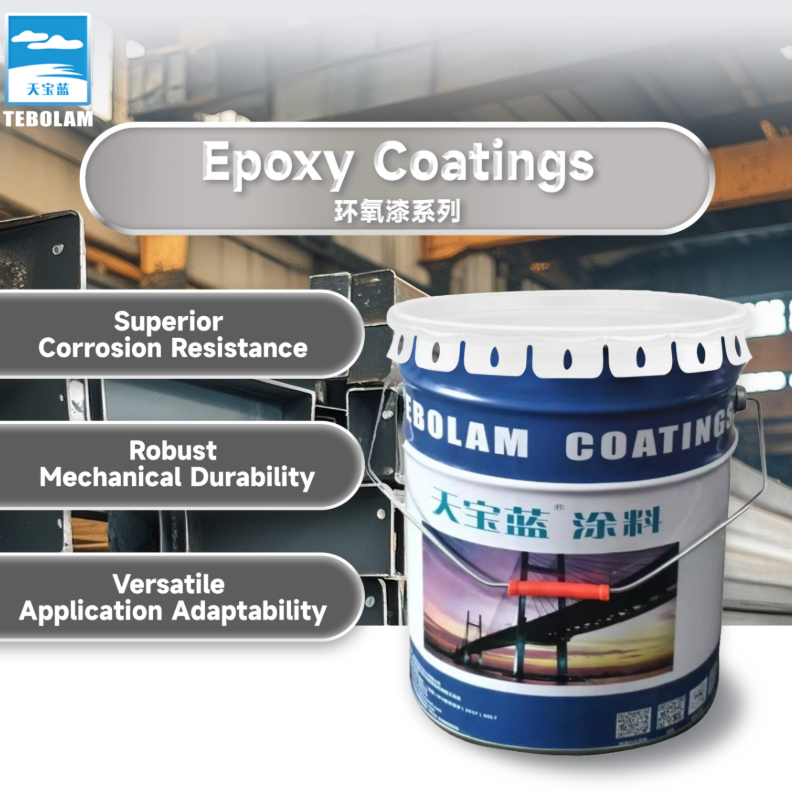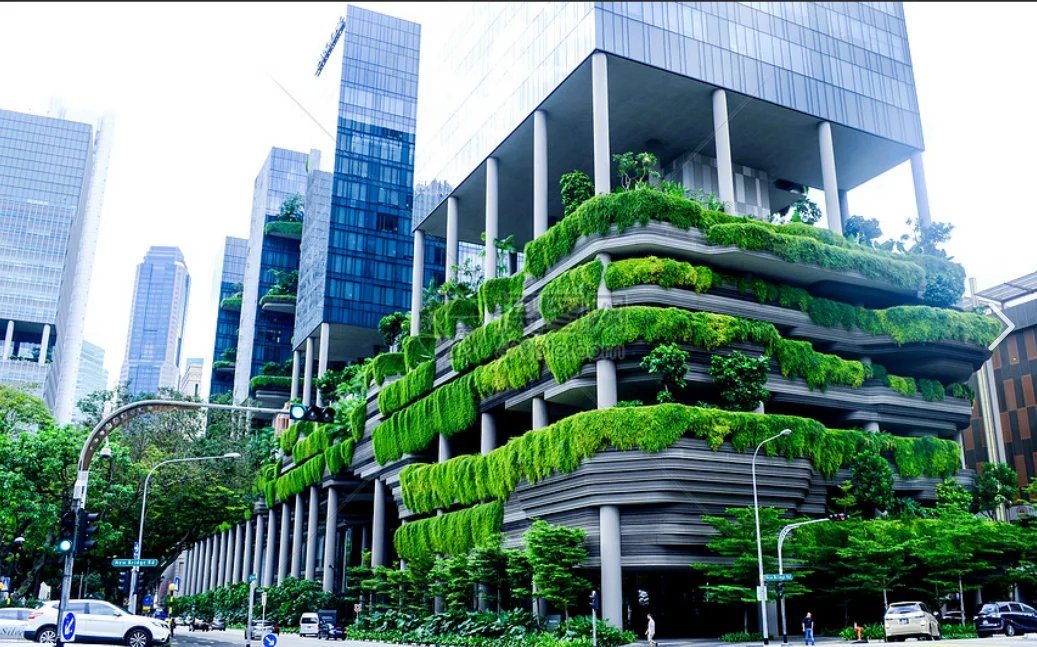Waterproofing walls is a crucial aspect of maintaining the integrity and longevity of any structure, whether it’s a residential home, commercial building, or an industrial facility. Water intrusion can lead to a myriad of problems, including mold growth, structural damage, and decreased property value. For homeowners and property managers looking for budget-friendly solutions, understanding the cheapest ways to waterproof walls is essential. In this article, we will explore various cost-effective methods, their application processes, and the materials involved, ensuring you have the knowledge to make informed decisions.
Understanding the Importance of Waterproofing
Before diving into the methods, it’s important to understand why waterproofing is necessary. Walls are often exposed to moisture from rain, groundwater, and humidity. Over time, this exposure can lead to:
- Mold and Mildew Growth: Excess moisture creates an ideal environment for mold, which can pose health risks.
- Structural Damage: Water can weaken the structural integrity of walls, leading to costly repairs.
- Decreased Energy Efficiency: Damp walls can lead to increased heating and cooling costs.
Cost-Effective Waterproofing Methods
- Exterior Sealants
One of the most affordable ways to waterproof walls is by applying exterior sealants. These products create a barrier that prevents water from penetrating the wall surface.
- Materials Needed:
- High-quality waterproof sealant (silicone or acrylic-based)
- Caulking gun
- Paintbrush or roller
- Cleaning supplies (soap, water, scrub brush)
- Application Process:
- Clean the wall surface thoroughly to remove dirt and debris.
- Allow the surface to dry completely.
- Apply the sealant using a caulking gun, ensuring even coverage.
- For larger areas, use a paintbrush or roller for application.
- Allow the sealant to cure as per the manufacturer’s instructions.
- Interior Waterproofing Paint
Interior waterproofing paint is another economical solution for preventing moisture intrusion. This paint is specially formulated to resist water and can be applied to basement walls and other interior surfaces.
- Materials Needed:
- Waterproofing paint
- Paintbrush or roller
- Primer (if required)
- Cleaning supplies
- Application Process:
- Prepare the wall by cleaning and repairing any cracks or holes.
- Apply a primer if recommended by the paint manufacturer.
- Use a paintbrush or roller to apply the waterproofing paint evenly.
- Allow the paint to dry completely before applying a second coat if necessary.
- Damp-Proofing Membrane
For those looking for a more robust solution without breaking the bank, a damp-proofing membrane can be an effective choice. This method involves applying a thick, waterproof barrier to the exterior of the wall.
- Materials Needed:
- Damp-proofing membrane (liquid or sheet)
- Trowel or roller
- Cleaning supplies
- Application Process:
- Clean the wall surface to ensure proper adhesion.
- Apply the damp-proofing membrane using a trowel or roller, covering the entire area.
- Allow the membrane to cure as per the manufacturer’s guidelines.
- Gravel Drainage System
While not a direct waterproofing method, installing a gravel drainage system can significantly reduce water pressure against walls, thereby minimizing moisture intrusion. This method is particularly effective for basements and foundations.
- Materials Needed:
- Gravel
- Perforated drainage pipe
- Landscape fabric
- Shovel
- Installation Process:
- Dig a trench around the foundation, ensuring it slopes away from the building.
- Line the trench with landscape fabric to prevent soil from clogging the gravel.
- Place the perforated drainage pipe at the bottom of the trench.
- Fill the trench with gravel, ensuring proper drainage.
Additional Tips for Cost-Effective Waterproofing
- Regular Maintenance: Regularly inspect and maintain your waterproofing solutions to ensure they remain effective.
- DIY Approach: Many waterproofing methods can be performed as DIY projects, saving on labor costs.
- Research and Compare Products: Look for sales or bulk purchasing options for materials to reduce costs.
Conclusion
Waterproofing walls doesn’t have to be an expensive endeavor. By utilizing affordable methods such as exterior sealants, interior waterproofing paint, damp-proofing membranes, and gravel drainage systems, you can protect your property from water damage without straining your budget. Remember, the key to effective waterproofing lies in proper preparation, application, and ongoing maintenance. By investing time and effort into these cost-effective solutions, you can ensure the longevity and safety of your walls for years to come.


